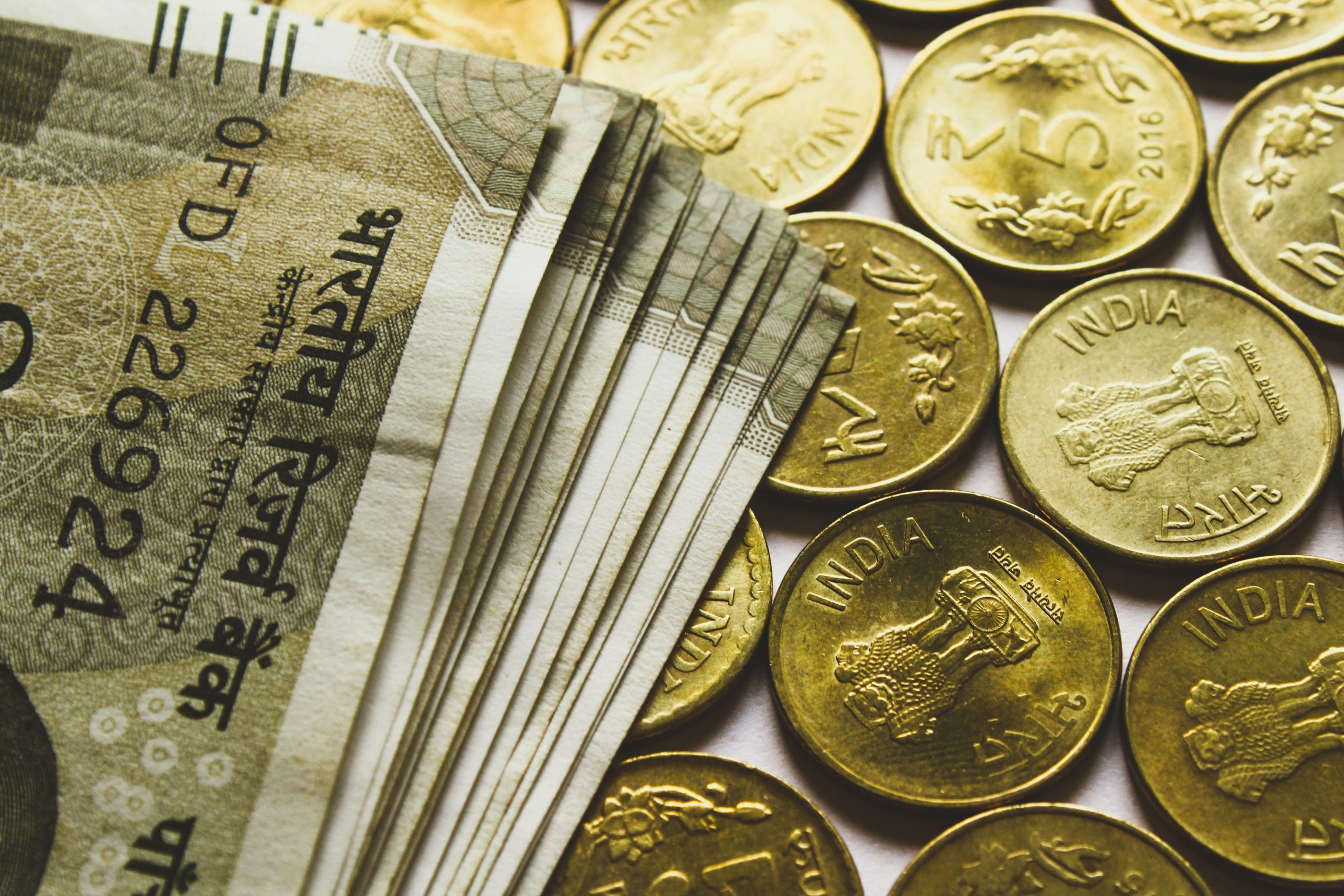The United States consumer prices inflation increased at an annual pace of 8.3%, more than economists’ median estimate of 8.1%, according to data released by the Bureau of Labor Statistics. The high inflation is likely to have a cascading impact across emerging market economies such as India.
The US Federal Reserve is raising the key interest rates to contain the soaring inflation. With the central bank set to hike rates further outflows from emerging markets are likely to continue, putting pressure on the currencies and markets. Specifically for India, it could accelerate the foreign fund outflows, increase the rupee’s woes and weaken domestic macros.
Also Read | How inflation affects RBI’s interest rate policy
Here are five ways in which a sharp Fed rate hike could impact India:
Increase in risk aversion
If the Fed increases interest rates sharply, it could raise expectations that the US economy is headed into a recession. If recessionary concerns deepen, investors are likely to stick to safer assets like gold and avoid riskier assets. Foreign investors have already withdrawn over $30 billion from Indian bond and equity markets so far in 2022. This trend will accelerate if risk aversion sets in and foreign investors become further bearish on India.
Also Read | US Fed meeting, September 2022: When and where to watch press conference live
Shrinking interest rate difference
During COVID, interest rates in the US were close to zero, due to which emerging market asset classes, like India, were attractive to foreign investors. Now if the Fed’s rate increases are faster than that of the Reserve Bank of India, it could narrow the interest rate differential between the two economies and accelerate the outflow of dollars from India’s debt and equity markets.
Also Read | Great Depression to COVID: Top 5 market crashes in American history
Weaker rupee
The narrowing interest rate differential is likely to negatively impact the Indian rupee. The rupee has been on a downward slope against the dollar, with the Indian currency hitting record lows. If the interest rate differential between India and the US shrinks, it will lead to a decline in forwarding points, and the incentive to take on carry trades will be low. In addition, a widening trade deficit, a global dollar shortage, and an increase in foreign portfolio outflows will put pressure on the Indian currency.
Also Read | The 2008 market crash: Inside the doomsday machine and a brief history
Widening trade deficit
Trade deficit is the difference between a country’s exports and imports. A weakening rupee can further increase India’s trade deficit and also make imports costlier. This could consequently raise the current account deficit further.
Also Read | US inflation rate eases slightly | A timeline: 1930-2022
Upward pressure on bond yields
Global oil prices and wild swings in the US bond market typically affect Indian bond yields. An aggressive Fed rate hike can push the 10-year US Treasury bond yield higher. Consequently, India’s 10-year bond yield will also see upward pressure, in the backdrop of a weakening rupee and heavy debt supply. As a result, the government’s borrowing costs are set to rise.







